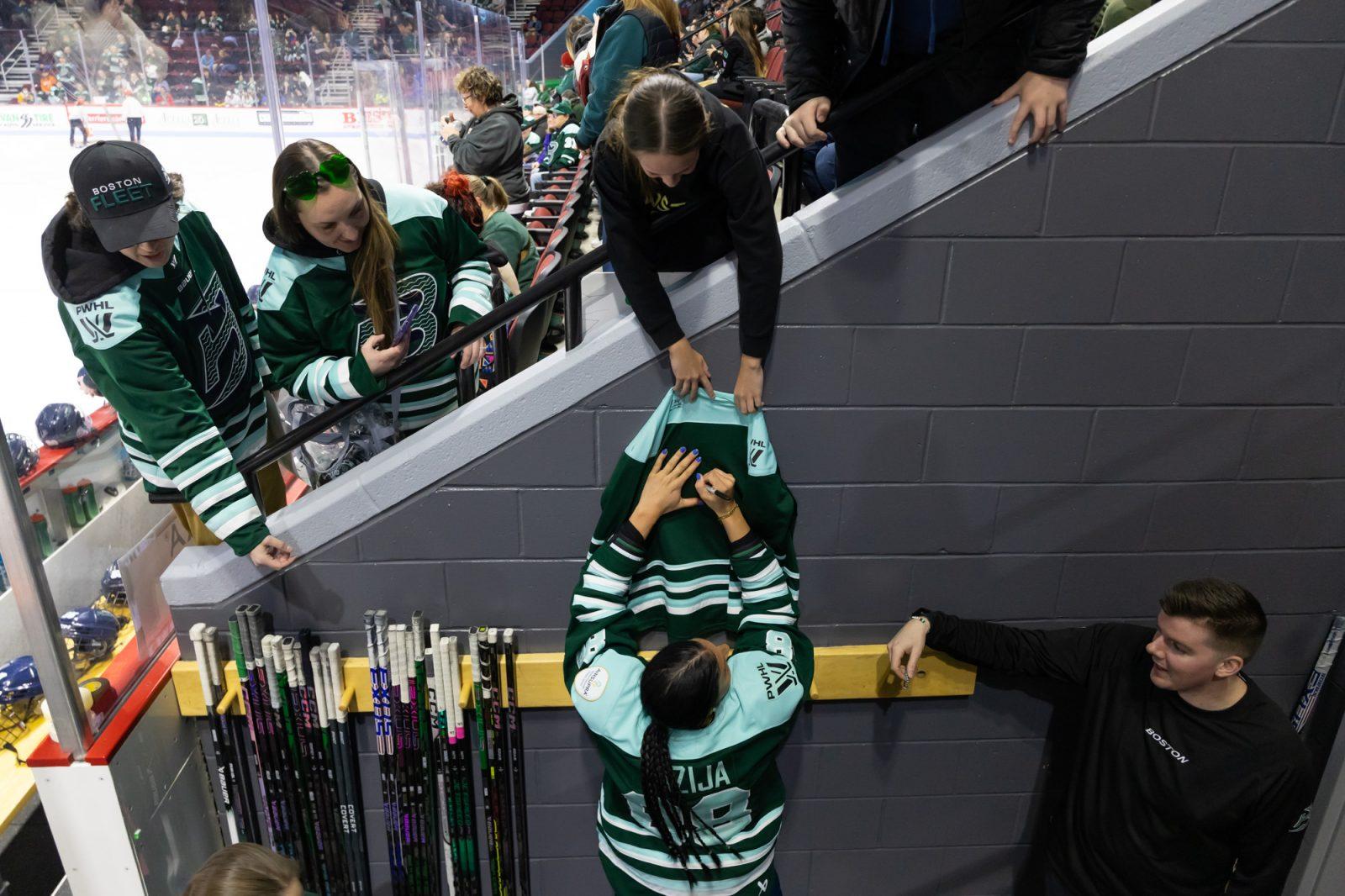By Scott Lauber and Fluto Shinzawa
When rookie forward Travis Roy slammed head-first into the boards on Friday night against the University of North Dakota, he flopped face-down on the ice, lying motionless for what seemed like an eternity.
This morning, Roy will undergo anterior corpectory and fusion surgery to remove bone fragments of the shattered vertebrae and fuse the third and fifth cervical vertebra with a bone graft taken from his hip. The procedure will take between four and six hours, and it will be led by Dr. Isador Yablon, an orthopedic spine specialist, and Dr. James Reed, resident neurosurgeon, at Boston University Medical Center Hospital.
A magnetic resonance imaging was performed on Roy yesterday and it revealed that the spinal cord was not severed.
As team trainers and BU team physician Tony Schepsis made their way onto the ice, Roy informed them that he did not have any feeling in his extremities and his neck was in pain. Roy was conscious throughout the entire ordeal, and was able to breathe on his own.
“Larry [Venis] was out there right away, and he called right away because he realized that there was a serious injury,” Schepsis said. “When I said that he wasn’t moving, most of the time it turns out that the kid gets a little concussion and is just dazed, and that’s what I expected when I first went out. You hope you never really see something like that, but as soon as it became apparent that he was conscious but was unable to move anything, we knew that we had a serious problem on our hands.”
After he was transported to the hospital, doctors learned that Roy had fractured his fourth cervical vertebrae, leaving him paralyzed from the neck down.
“Most catastrophic neck injuries occur as a result of axial load on the top of the head, and he shattered the vertebrae,” Schepsis said. “At the time of the impact, it put pressure on the spinal cord and caused a major contusion to his spinal cord which caused a nerve injury.”
“He took the impact on exactly the right spot of the head so it depressed and sheared the vertebrae and caused the damage to the cord,” he added.
After the injury occurred, Roy went into spinal cord shock, which lasts for 24-48 hours after the time of injury. Spinal cord shock prevents primitive reflexes from taking place and these primitive reflexes do not depend upon the connections with the brain.
“Once the spinal cord is gone and those reflexes are back, and there’s been no recovery, then the prognosis or outlook is much grimmer,” Schepsis said.
Once taken to the hospital, doctors placed Roy in traction to stabilize the spine as well as putting him on high-dose steroids to reduce swelling of the spinal cord.
“From the time of injury, he was able to breathe on his own because his muscles of respiration were still working,” Schepsis said. “When he was at the hospital, the decision was made to intubate him or to assist his respiration because his respiration was slightly labored. He remains intubated purely as a preventative, precautionary measure because often spinal cord patients will have respiratory problems that can occur in the first 24 to 48 hours.”
In intubation, a tube was placed in his throat, preventing Roy from communicating with doctors and family. The only movement Roy has at this moment is of his neck and facial muscles.
Initially treated at Boston City Hospital, Roy was transferred yesterday to the New England Spinal Cord Rehabilitation Unit at BUMCH, where a team of surgeons will perform surgery this morning.
“The surgery is designed primarily to stabilize the spine and it’s less likely to cause any neurological recovery,” Schepsis said. “Although by stabilizing the spine and taking pressure off it, it may aid recovery, the extent of the injury is really determined from the time of impact. It’s unlikely that anything we do now will change the course of events of his nerve recovery.”
The higher the fractured vertebrae is on the spinal cord, the more severe the injury may be. Fatality in such cases is likely if the first or second cervical vertebrae is fractured.
Such cases of paralysis are unusual in hockey, since players instinctively react by putting out their arms to break the fall or lift their heads when going into the boards. In athletics, most catastrophic neck injuries occur in head-on collisions in football or diving head-first into shallow water, where the forehead slams into the floor of the pool, and the neck snaps back. But the majority of paralyzing injuries take place in automobile accidents.
























































































































